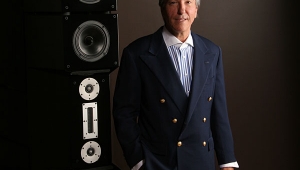| Columns Retired Columns & Blogs |
Great video BTW.
The part of this discussion about routers, bombarding the negative feedback is a very true happening.
But one even more nasty one, is the Solar System Inverter that to me has a bigger effect on the quality of the sound that the router has.
Also any house smp's should also be turned off, as if you go near them with a portable am radio tuned off air (unmuted) at around 600-700khz you will hear a squeal that's not very pleasant to your ears.
Cheers George










































